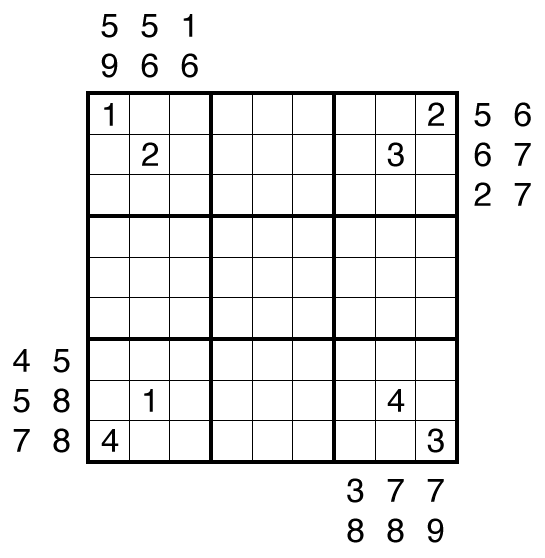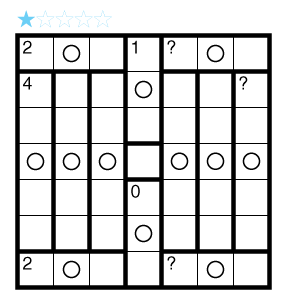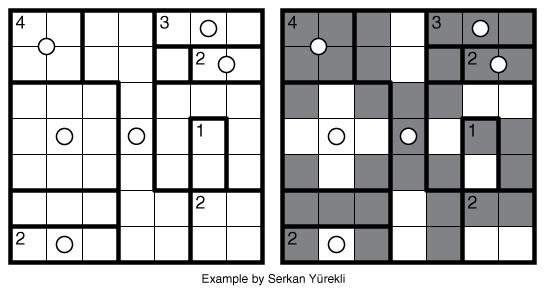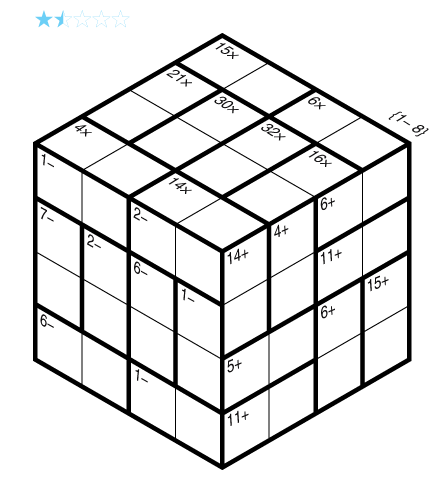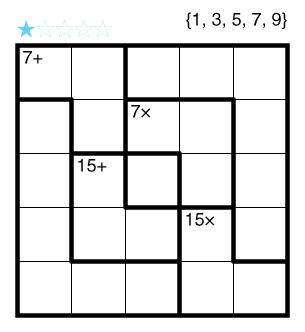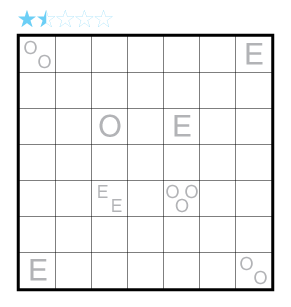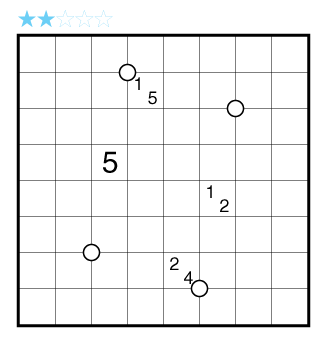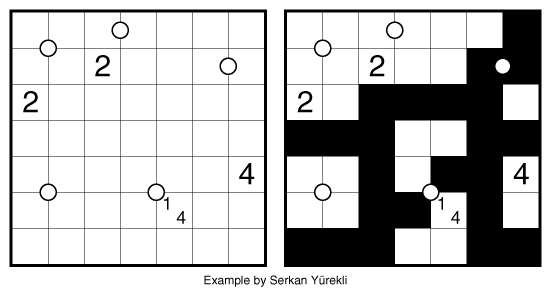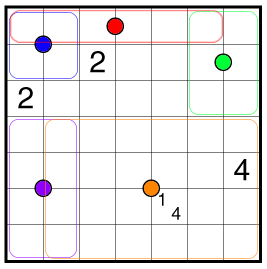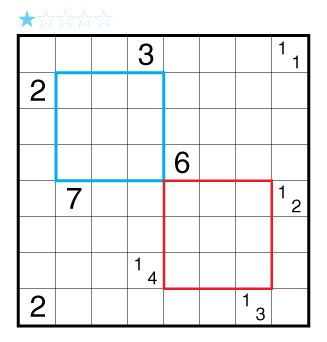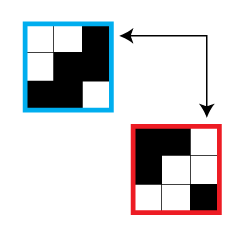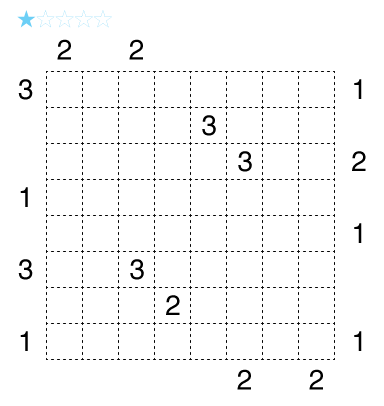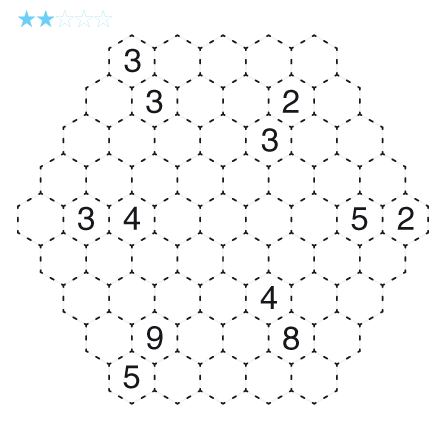#5 is Alive by clover!
Today Clover continues sharing appropriately-themed puzzles to mark the fifth year of GAS. In this Killer Sudoku variant, all the cage sums must end in five.
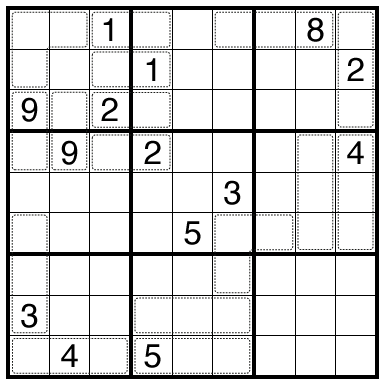
or solve online (using SudokuPad)
Author/Opus: This is the (5×5)th puzzle from Clover, part of the Genuinely Approachable Sudoku (GAS) team.*
Rules: Variation of Killer Sudoku. Insert a number from 1 to 9 into each cell so that no number repeats in any row, column, or bold region. Within each cage, the sum of the numbers must end in five (i.e., 5, 15, 25, 35, 45). Numbers do not repeat within a cage.
GAS Time Standards (highlight to view): Two party hats (🎩🥳): 7:00; One party hat (🥳): 13:00. All other solvers earn a 🦕: still-alive Sinornithoides.
Thomas Hits the GAS (highlight to view): 2:22, with SudokuPad replay file shared as a download for now (requires loading via settings menu with improvements expected before people should use this regularly).
Solution: PDF and solving video with explanation from GAS team.
Note: Follow this link for more Genuinely Approachable Sudoku puzzles on this site. Follow this link for more Killer Sudoku and this link for classic Sudoku. More Killer Sudoku puzzles can be found in Killer Sudoku by Serkan Yürekli.
Note 2: Comments on the blog are great! For a more interactive discussion, please also consider using our Daily GAS discussion post on the GMPuzzles Discord. Not a member of the Discord? Click this link for basic access.
*Special Editorial Note: With this published puzzle, Clover has set a new record (likely never to be broken?) for fastest time to 25 posts on Grandmaster Puzzles (just 26 days). This breaks the previous record by legendary male puzzlemaker Thomas Snyder set on January 28, 2013 (29 days). While some may say that puzzles like Just One Cell Sudoku shouldn’t count as much, we think every diverse idea matters in this world and every one of Clover’s 25 record-setting puzzles has been a stellar display of hand-crafted Sudoku.

